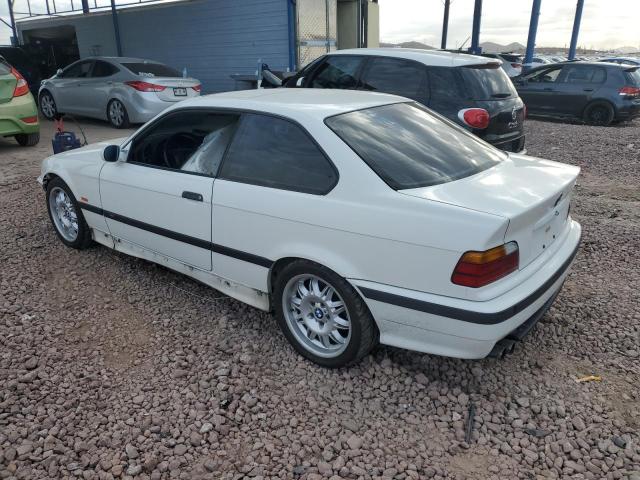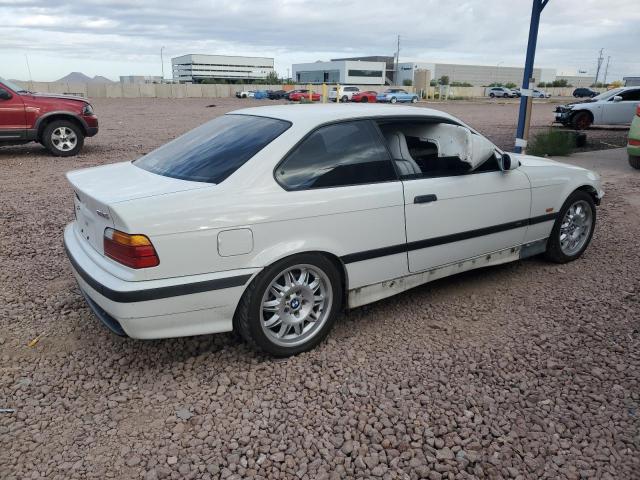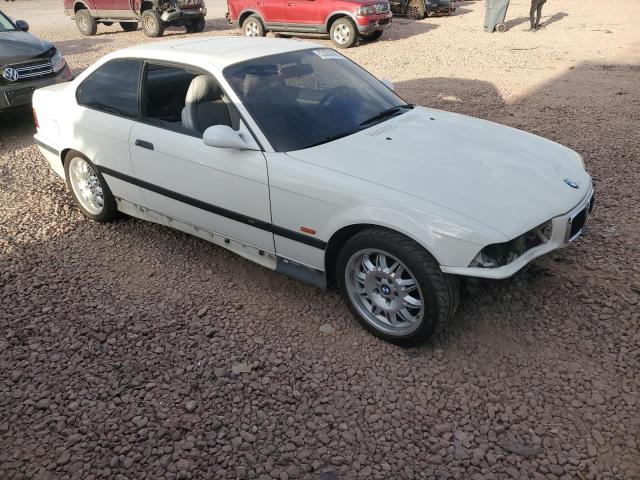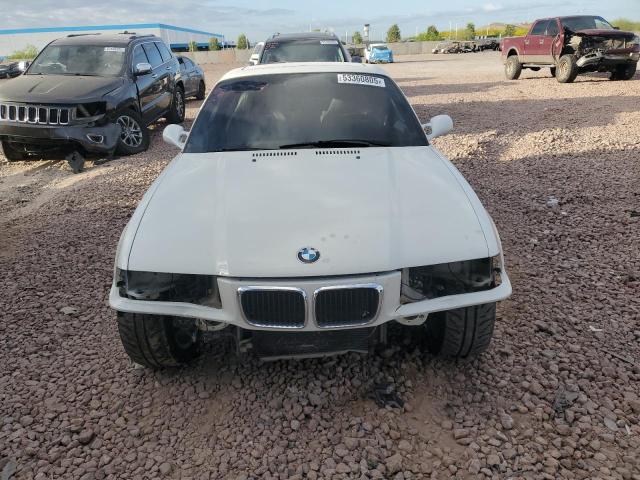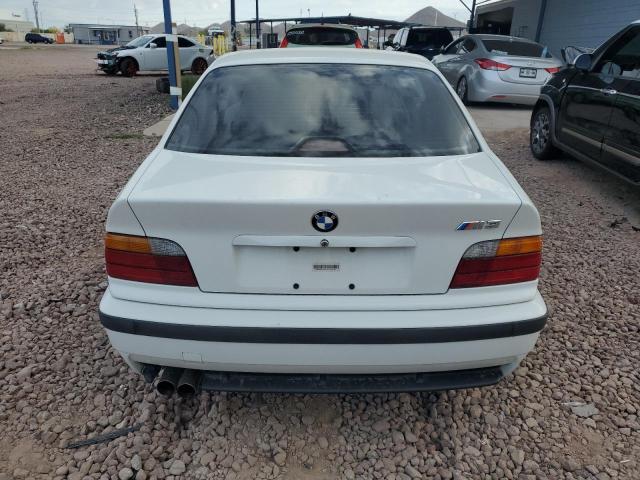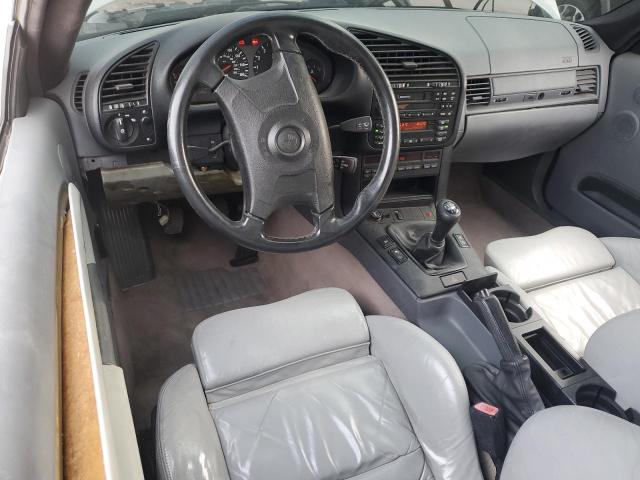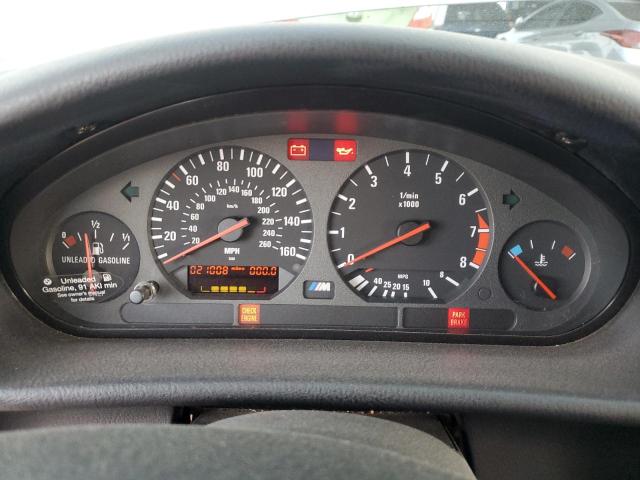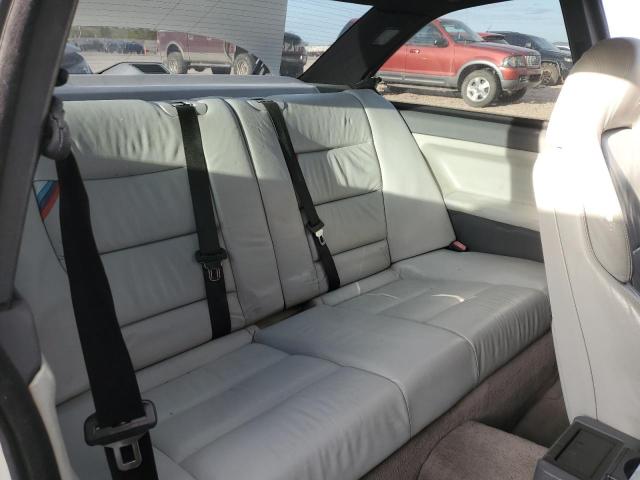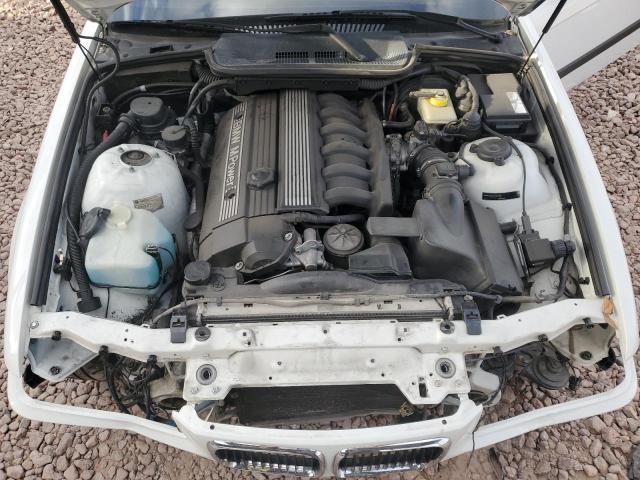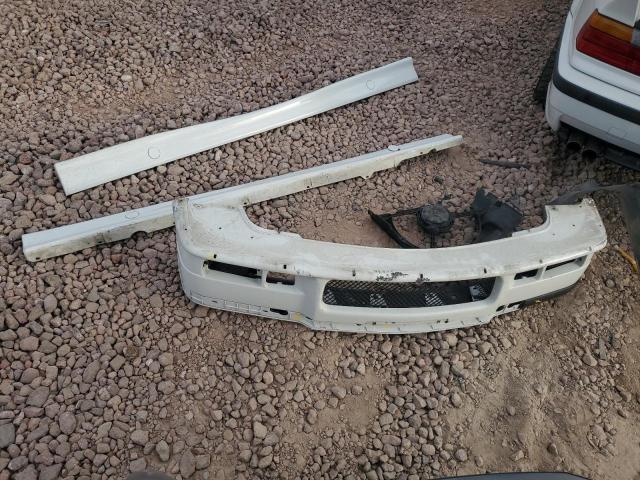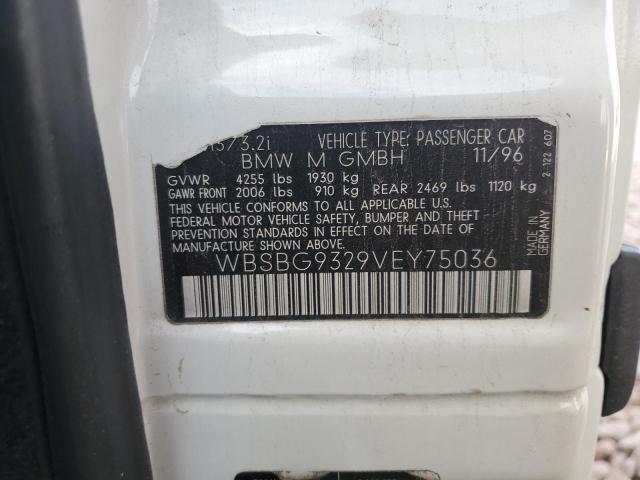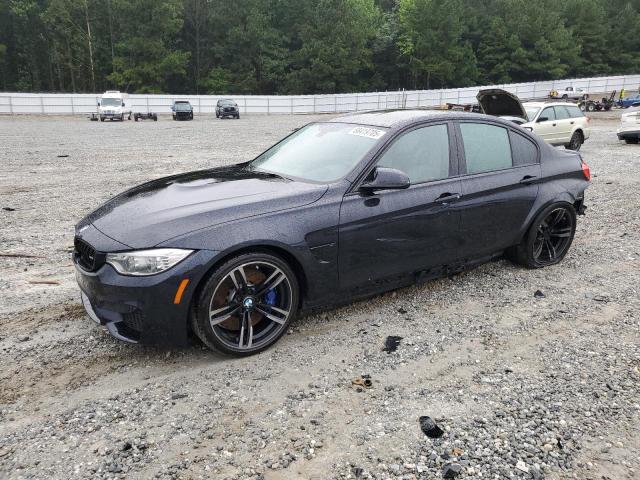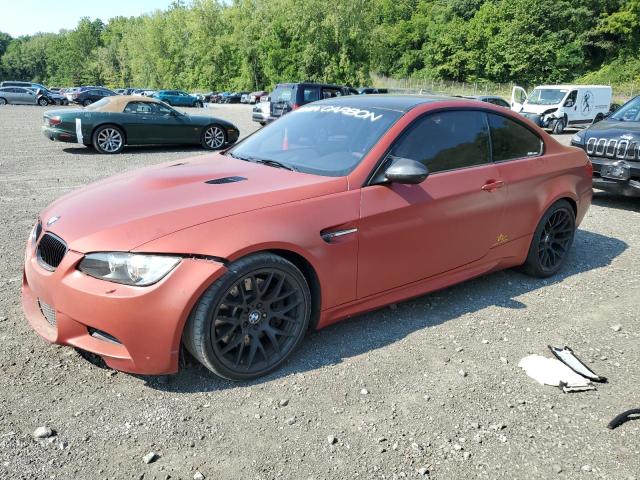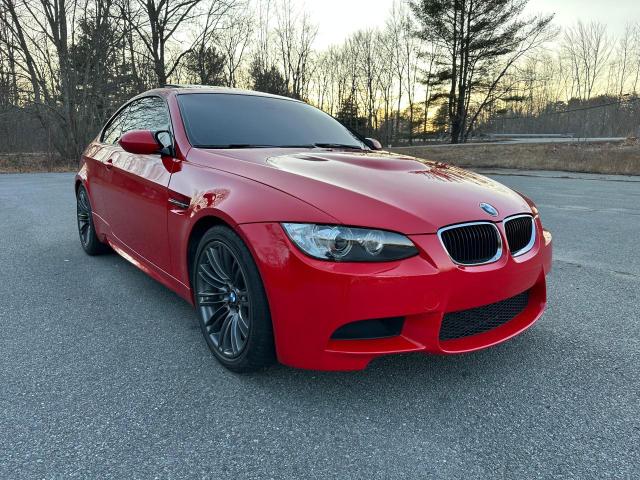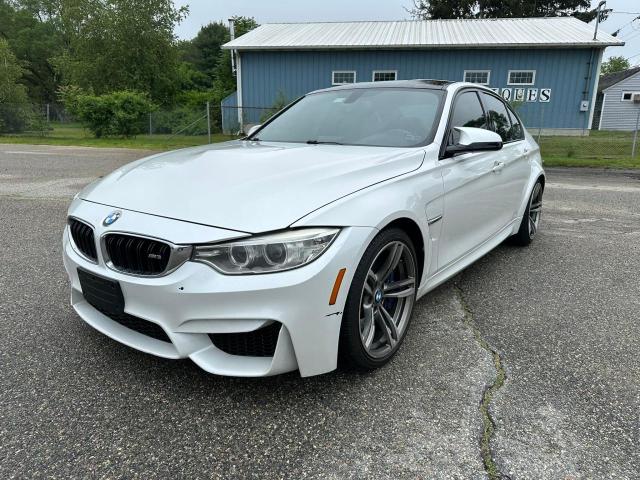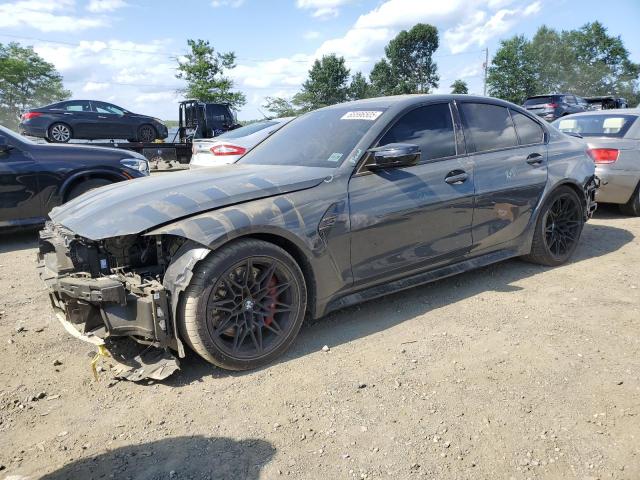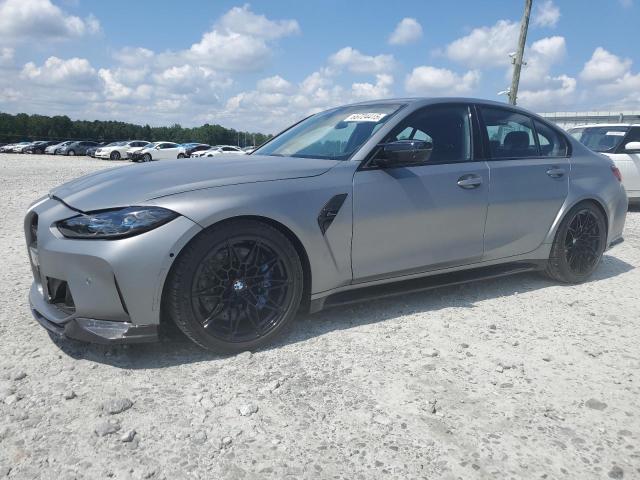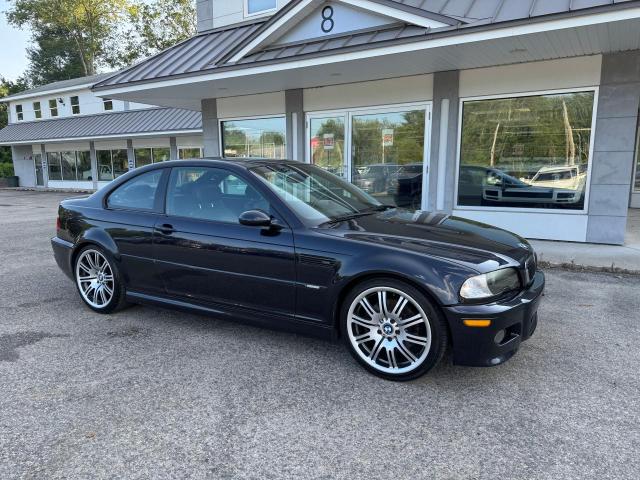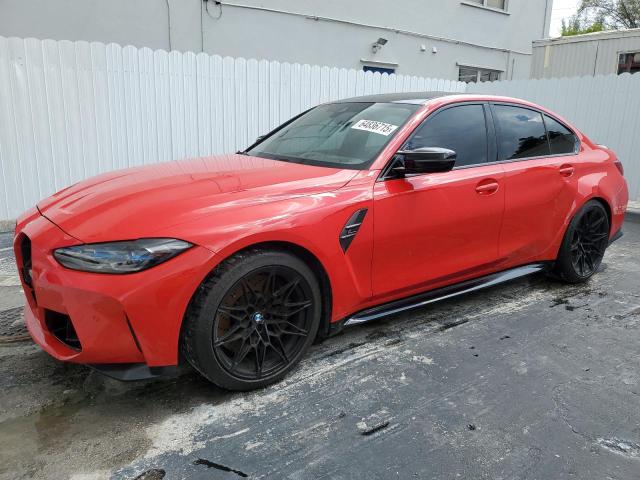1997 BMW M3 | WBSBG9329VEY75036
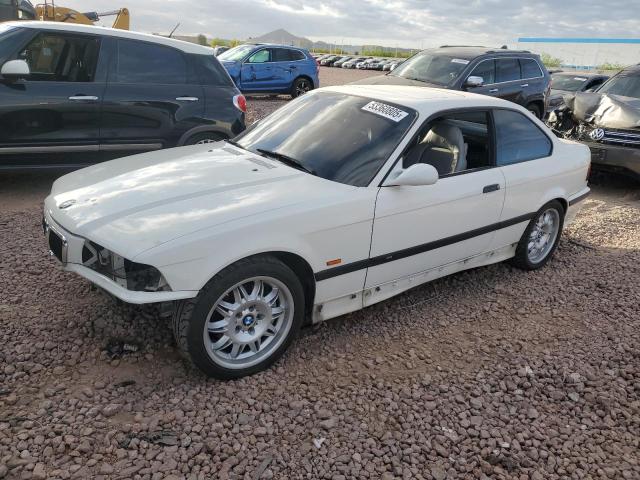 ❯
❯Lot details
- Sale Date2025-06-10
- Lot Number53360805
- ACV27615 $
- Sale documentAZ - CERT OF TITLE - SALVAGE
- LocationAZ - PHOENIX NORTH
- Odometer21,008 miles (33,809 km)
- Primary DamageFRONT END
- Secondary DamageSIDE
Vehicle specifications
3
~$55,000
Engine: 3.2L naturally aspirated inline-6
Torque: 350 Nm
0–100 km/h: ~5.5 s
The 3.2-liter E36 M3 was a naturally aspirated masterpiece, producing 321 hp at 7,400 rpm from its high-revving S50B32 straight-six. With individual throttle bodies, double VANOS, and a distinct metallic howl, the engine delivered instant throttle response and a linear crescendo that rewarded skilled driving. Torque peaked at 350 Nm, but the real thrill lay in chasing redline, where the car came alive. Acceleration to 100 km/h took just 5.5 seconds—rapid for the ‘90s—and matched with a close-ratio 6-speed manual, it offered precision and tactility every step of the way.
The chassis defined balance. With a 50:50 weight distribution and McPherson front/multi-link rear suspension, the M3 E36 danced with agility on tight circuits and winding roads. It was predictable, neutral at the limit, and communicative through its hydraulic steering. The steering rack was quick and precise, and braking power was relentless thanks to large vented discs and firm pedal feel. Whether drifting through apexes or attacking time trials, the M3 retained total composure.
This M3 wasn’t about aggression or show—it was about mastery. Where its E30 predecessor was raw and analog, the E36 evolved into something more refined yet no less focused. It was the precision scalpel in a segment of sledgehammers, marrying race-derived engineering with genuine daily usability.
Final Bid BMW M3 (1997)
$10,600
$10,800
$11,000
Body Styles
The E36 M3 was available in three distinct body styles: Coupé, Sedan, and Convertible. The Coupé featured a sleek, pillarless profile with frameless doors and a slightly lower roofline. Its compact proportions—measuring just over 4.4 meters—combined with a low stance, flared arches, and subtle aero enhancements like a body-colored spoiler and deeper front bumper. The Sedan maintained a more upright posture, with four framed doors and nearly identical performance credentials, favored by those wanting stealth performance. The Convertible added open-air excitement with a reinforced chassis and fabric top, though slightly heavier and softer in handling. Across all versions, the body was aerodynamically honed and minimalist in character—pure ‘90s performance elegance.
Model Name Meaning (Manufacturer)
The “M3” name stands for “Motorsport” and “3 Series,” denoting its origins as a homologation-based performance model rooted in racing pedigree. In the E36 generation, the name evolved from a DTM-bred icon to a more versatile high-performance grand tourer, but the Motorsport spirit remained at its core.
Body & Interior Colors and Rims
Exterior finishes ranged from iconic Dakar Yellow and Estoril Blue to stealthier tones like Arctic Silver, Cosmos Black, and Avus Blue. Special hues such as Byzanz and Techno Violet were rare and desirable, with deep flake metallic finishes that shifted under changing light. M3 Coupés often featured color-matched side mirrors, unique sculpted bumpers, and subtle trunk lips. Shadowline trim deleted chrome accents in favor of high-gloss black for a more aggressive look. The overall finish was deep and durable, accentuating the clean, understated lines.
Inside, the cabin struck a balance between focused sportiness and everyday usability. Sport seats came upholstered in Anthracite cloth, full Nappa leather, or unique suede-leather Amaretta mixes depending on market. Some versions included tri-color M stitching or inserts for added visual signature. Dashboard trims ranged from matte black and brushed aluminum to carbon-effect panels or fine wood in luxury-oriented variants. The analog gauges featured red needles and clear M branding. A thick-rimmed 3-spoke steering wheel and short-throw gear lever placed the driver at the center of the experience, with tactile buttons and ergonomics focused on feel, not flair.
Standard wheels were 17-inch forged alloys in distinctive double-spoke or contour designs. Euro-spec models often received staggered setups, while some special editions came with polished M Motorsport wheels. Tire widths and profiles were carefully selected to support agility over sheer grip, contributing to the M3’s fluid road behavior. The wheels filled out the subtly flared arches without overstatement—confidence through proportion, not provocation.
Top Expensive Options
- M Forged Lightweight 17" Double-Spoke Alloys: $1,500
- Full Nappa Leather Interior with M Tri-Color Inserts: $1,800
- Electrically Adjustable Sports Seats with Memory: $1,300
- BMW Bavaria C43 Audio System with CD Changer: $1,200
- Automatic Climate Control with Microfilter: $750
- On-Board Computer with External Temp Display: $600
- Limited-Slip Differential with Optimized Lock Ratio: $1,400
- Metallic Paint in Techno Violet or Byzanz: $1,200
- Detachable Hardtop for Convertible (incl. stand): $2,000
- Alarm System with Tilt and Interior Motion Sensors: $500
vs Competitors
The E36 M3 faced competition from the Mercedes-Benz C36 AMG, Audi S4, and even Porsche’s entry-level offerings. But while AMG delivered torque and prestige, and Audi quattro traction, the BMW stood apart with its balance, feedback, and driver focus. The C36 was quicker in a straight line, but numb through corners. The S4 had turbo punch, but lacked clarity in communication. The M3 didn’t chase numbers—it chased connection. Against the Porsche Boxster, the M3 offered rear seats, better build, and daily versatility without sacrificing involvement. It became the archetype for the usable sports car—fast, precise, and mature, without ever feeling sterile.
Fun Fact
Unlike the U.S. version with a simpler 240 hp engine, the Euro-spec E36 M3 featured individual throttle bodies and double VANOS, making it one of the most technically sophisticated naturally aspirated engines of its time—so much so that its intake rasp and throttle sharpness are still unmatched in modern turbocharged M cars.



